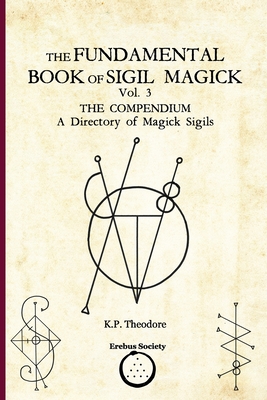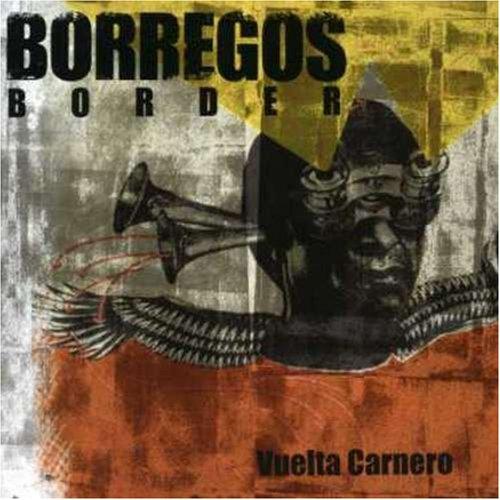
Corvinus, Ars
Plato claims that there is a different world of thoughts, also called "The World" of ideas. Our reason can understand it, but the existence of this world of ideas is not reliant on us. By asserting that there are some universal laws present in human reason that serve as the basis for knowing, Plato thus lays the groundwork for rationalism. Plato, supports Objective Idealism by highlighting the fact that concepts do not depend on humans for their existence.
But how did the world of ideas become the real world?
In Plato's Allegory of the Cave, a group of prisoners are confined in a cave since birth, with their heads fixed so they can only see the wall in front of them. Behind them is a fire, and between the fire and the prisoners, objects are moved, casting shadows on the wall that the prisoners believe are reality. One of the prisoners is freed and sees the world outside the cave, realizing the truth. When he returns to the cave to tell the others, they do not believe him and remain in ignorance. The allegory represents the idea that humans may mistake what they see and hear for reality and need to seek knowledge beyond their perceptions.
The Universal Sigils are being used as the standard symbolic means of manifestation and connection between our world and the world of ideas. A Magickal teller between realities. They can be used to represent ideas in the physical world and carry the corresponding energies through from other planes of existence in order to manifest in our realm of existence.
These sigils can be used in spellwork, rituals, meditation, divination etc.







